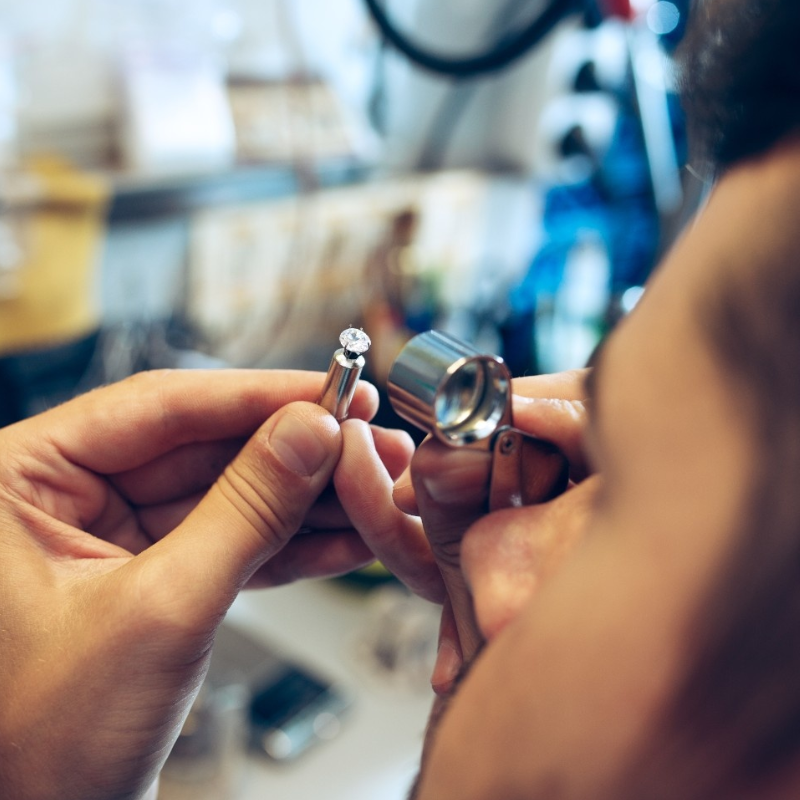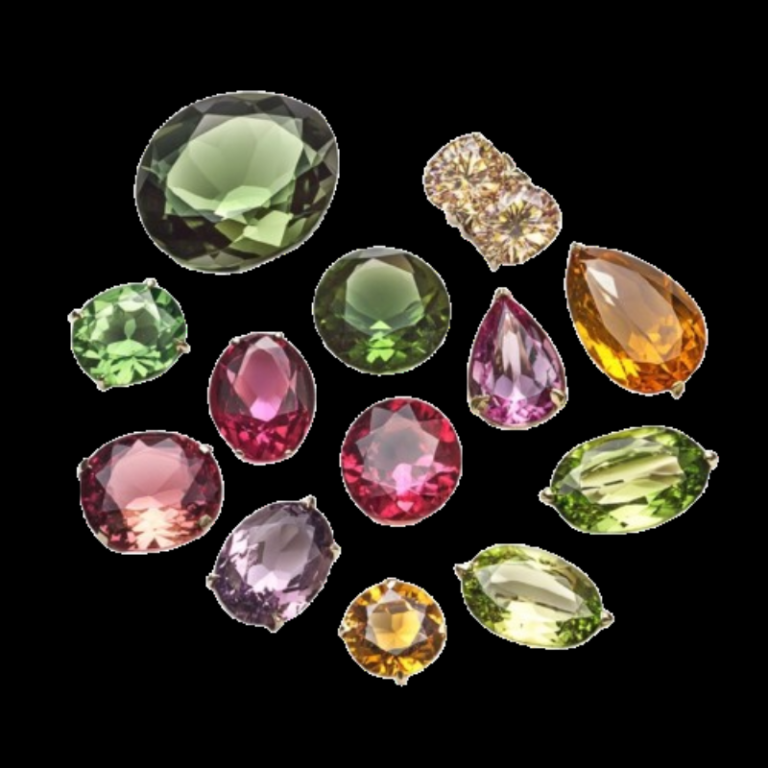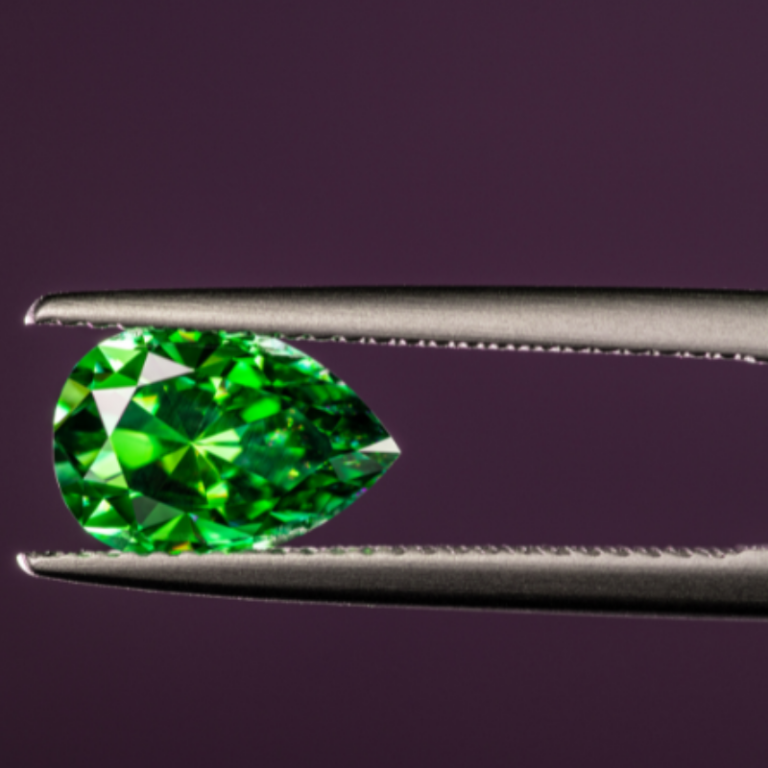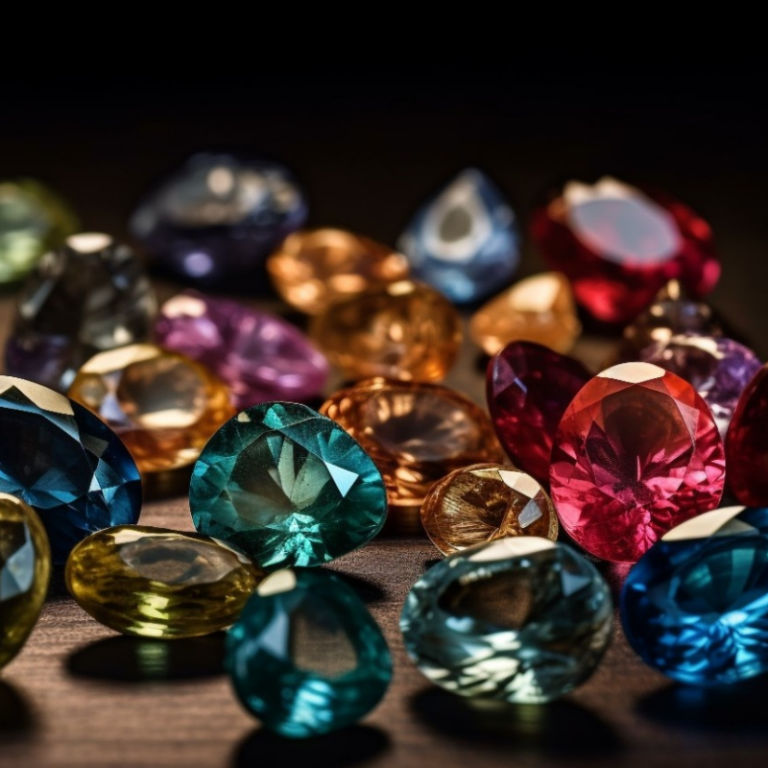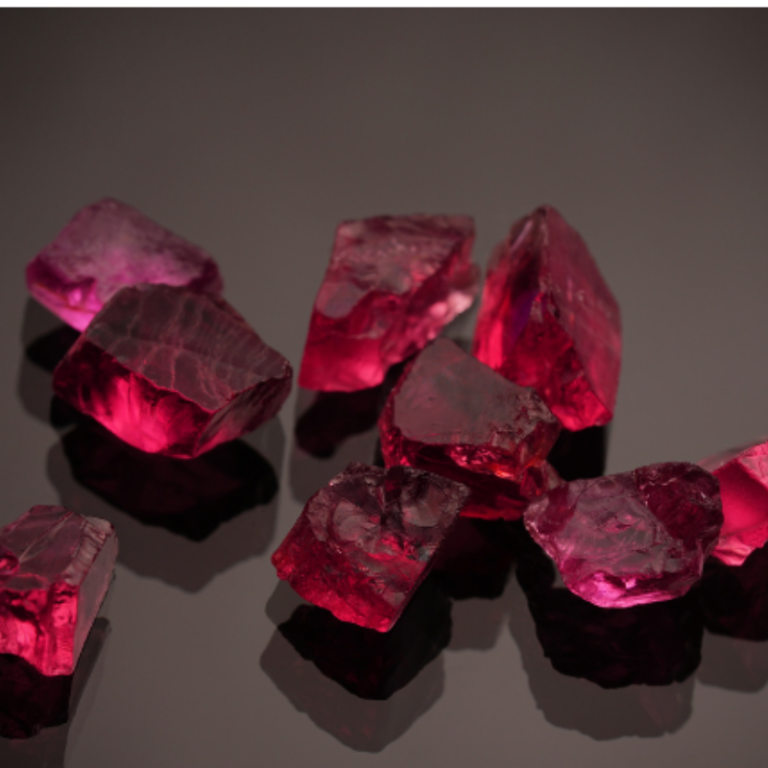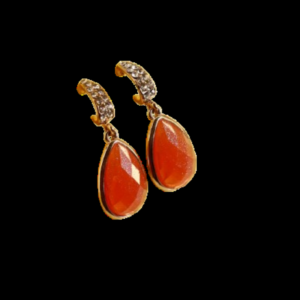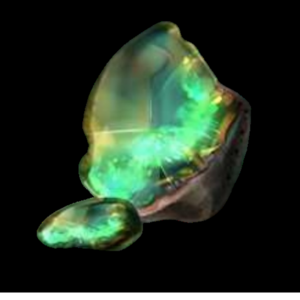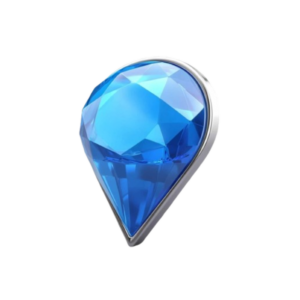How to Tell Real from Fake Gemstones: An In-Depth Guide
In the brilliant realm of gemstones, where human talent greets nature’s elegance, it is crucial to know how to identify real stones from their imitation variants. Whether you are an experienced collector or a new buyer, knowing how to tell genuine gemstones from fake ones will save you from deceit and guarantee that your investment retains its value.
One of the initial processes of gemstone identification is visual inspection. Genuine gemstones usually have natural inclusions—small flaws or mineral fingerprints that bear witness to their natural nature. For example, an emerald may have a “jardin” or garden of internal features that not only establish its genuineness but also possess individual beauty. On the other hand, synthetic or simulated gemstones usually look too perfect, without the natural flaws inherent in real stones.
Then look closely at color and luster. Genuine gemstones possess depth and nuance in their color, frequently displaying subtle gradations that are hard to reproduce synthetically. By contrast, imitation gemstones may have a uniform, almost too perfect color. Watching how light plays on the stone is also important; actual diamonds, for instance, refract light into a rainbow of colors—a process called “fire.” If the stone does not show this active interaction, it could be synthetic or fake.
Another trusted procedure is checking the hardness of the gemstone. The Mohs scale of mineral hardness gives one an instant reference in determining a gemstone’s resilience. Diamonds, which lead the scale at a 10 rating, can scratch nearly any other substance, but other gems such as rubies and sapphires rate about a 9. A simple scratch test on a less conspicuous spot (or preferably, using professional equipment) can determine if the stone is as hard as it should be. But this technique should be applied with care, as certain artificial stones are able to reproduce the hardness of their natural equivalent.
Reflex instruments, including spectroscopes and refractometers, can also be used in the identification process. A refractometer is a device that gauges how light bends as it travels through the gemstone and gives information on its makeup. Each gemstone has a definite refractive index, and readings that vary from the usual are indicative of an imitation or treated stone. Spectroscopic testing, however, shows the specific absorption spectrum of a gemstone, and using this, the results are compared with established standards.
Reputable gemological laboratory certification also serves a very important role in authentication verification. Certificates from institutions such as the Gemological Institute of America (GIA) or the American Gem Society (AGS) provide a thorough report about a gemstone’s composition, including origin, treatments, and grading. Such certifications are a goldmine, particularly in case of high-ticket purchases, since they deliver an unbiased judgment that can secure buyers and sellers.
Finally, look at the source. Buying gemstones from established dealers who have gained credibility in the industry can lower the risk of fakes. An informed dealer will be honest about the gemstone’s source, any treatment it has received, and include supporting documentation to prove its authenticity.
Finally, though the charm of gemstones is not in question, how to make sure you are spending your money on an authentic gem is a mixture of eye check, laboratory test, and expert advice. Mixing these together will make it safe to tread through the complex life of gemstones and enjoy its true splendor knowing that in your hand lies an authentic masterpiece of nature.

